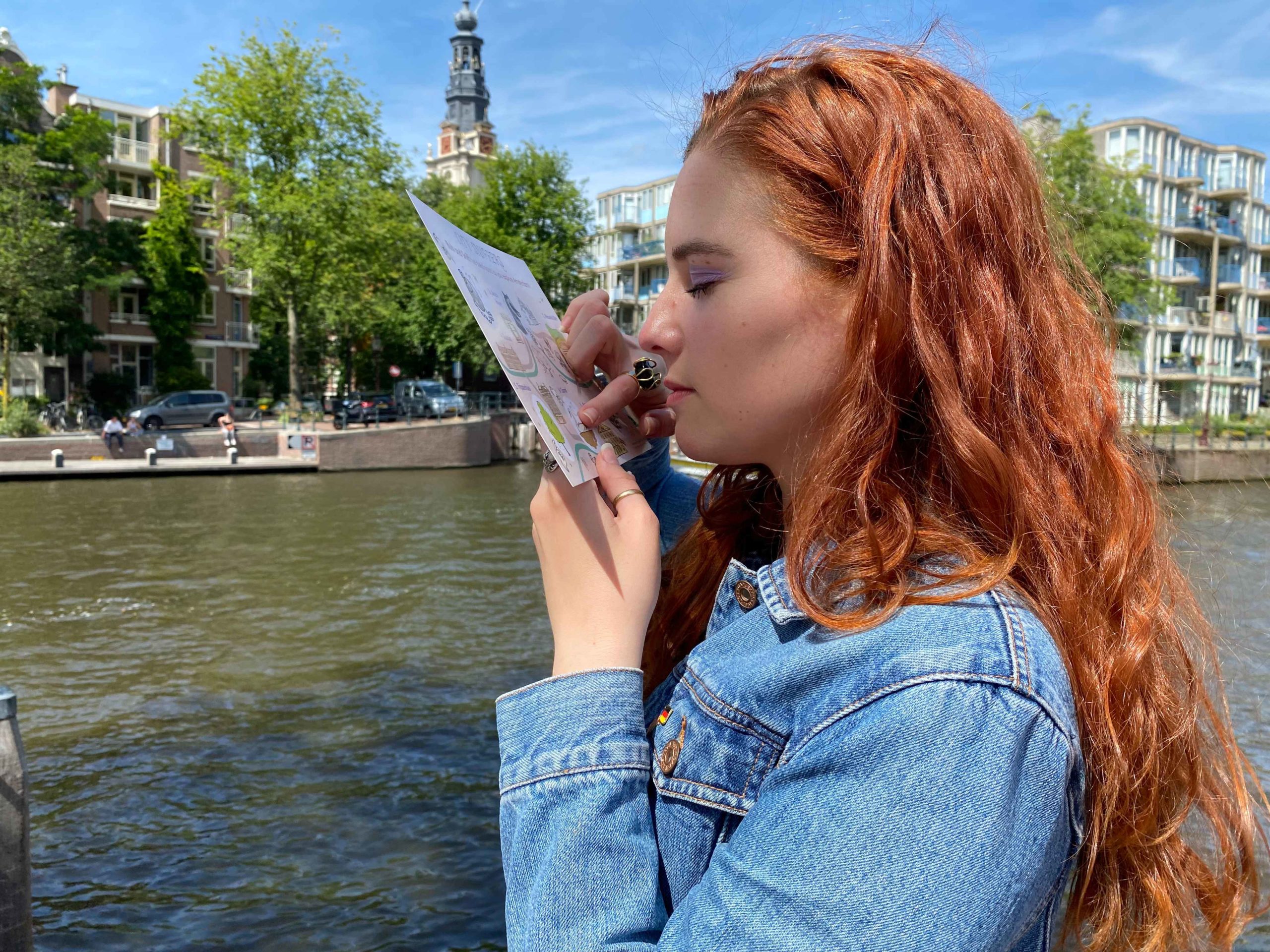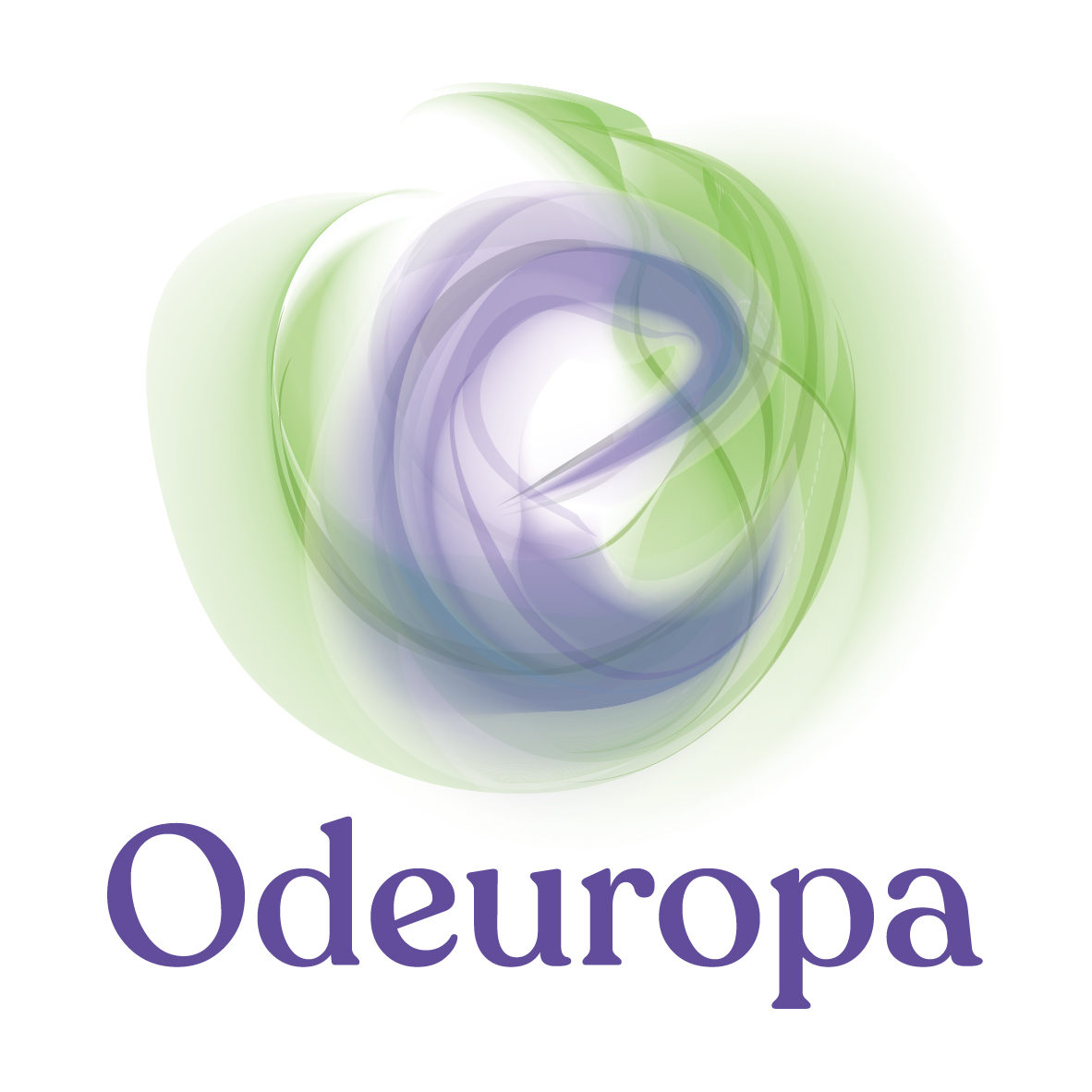
Join us at the end of the summer for a self-guided, urban smell tour titled City Sniffers: A smell tour of Amsterdam’s ecohistory. The tour follows one path of six stops with scents and stories within the city. Using a free phone application to navigate, developed by Odeuropa researchers, participants walk around smelling and exploring stories connected to the present history of Amsterdam.
The tour also includes the smells of the city’s past via a Rub’n’Sniff map containing five emblematic aromas. These include the stench of canals, rosemary, the scent of the civet cat in connection to historic perfumes, the fragrance of linden trees and a reconstruction of the smell of a pomander, a perfumed jewel used to protect from disease during the plague. Overall, the tour will explore narratives around colonial histories, transportation and industry within Amsterdam.
“In addition to the beautiful portraits and objects in the collection that tell the story of the rich and famous, the Amsterdam Museum focuses on sharing stories from other perspectives”, says Margriet Schavemaker, artistic director of Amsterdam Museum. “Stories about class and gender differences and the city’s colonial past. Those stories are less well represented in the collection and scent is ideally suited to tell those stories in a very direct way. That is why the Amsterdam Museum is collaborating in this project.”
The tours are open to all and are self-guided – participants can pick up a free Rub’n’Sniff map from the information desk of the Amsterdam Museum (their temporary location at Amstel 51) throughout September.

“Although we are constantly smelling, many are not actively aware of what they are inhaling and how this relates to history, health and the environment. These walking tours bring forward the importance of our sense of smell and the knowledge which can be raised through it. This tour encourages participants to actively smell using the ‘Rub and Sniff’ map, and we hope they also open their noses to other smells in the city”, explains Sofia Collette Ehrich, researcher and Event Coordinator of Odeuropa.
The tour was a collaborative effort between the Odeuropa Project, the Amsterdam Museum and the Institute for Art and Olfaction. Scents were developed in collaboration with IFF; the map was designed by Liam R. Findlay and printed by Scent the Brand. To emphasise the impact of humans on the environment, the chosen locations and smells will bring forward stories related to environmental awareness and how the present day is an accumulation of our past actions.
